According to Arrhenius equation rate constant k is equal to Ae−Ea/RT. Which of the following option. Represents the graph of ln k us 1T?
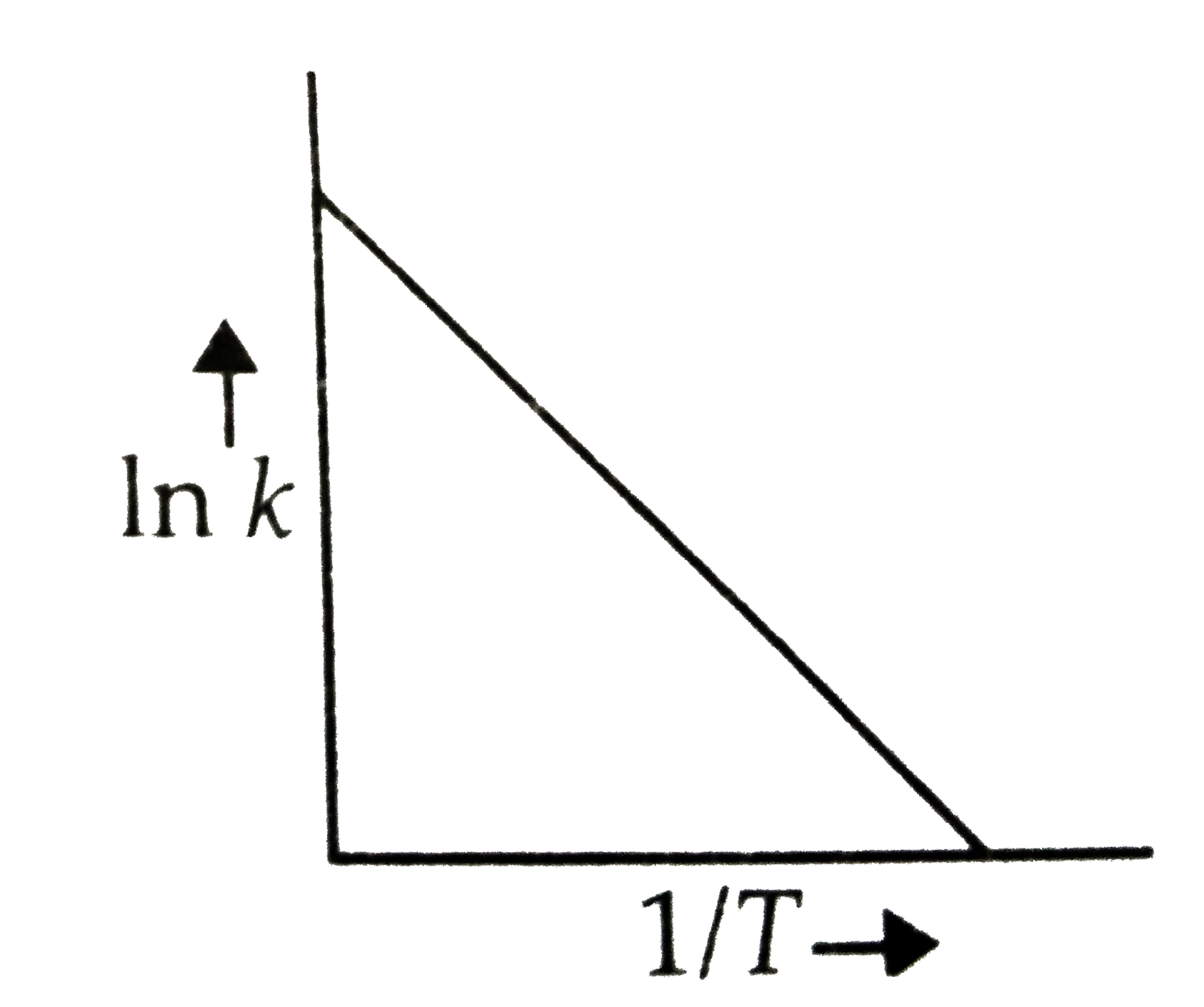
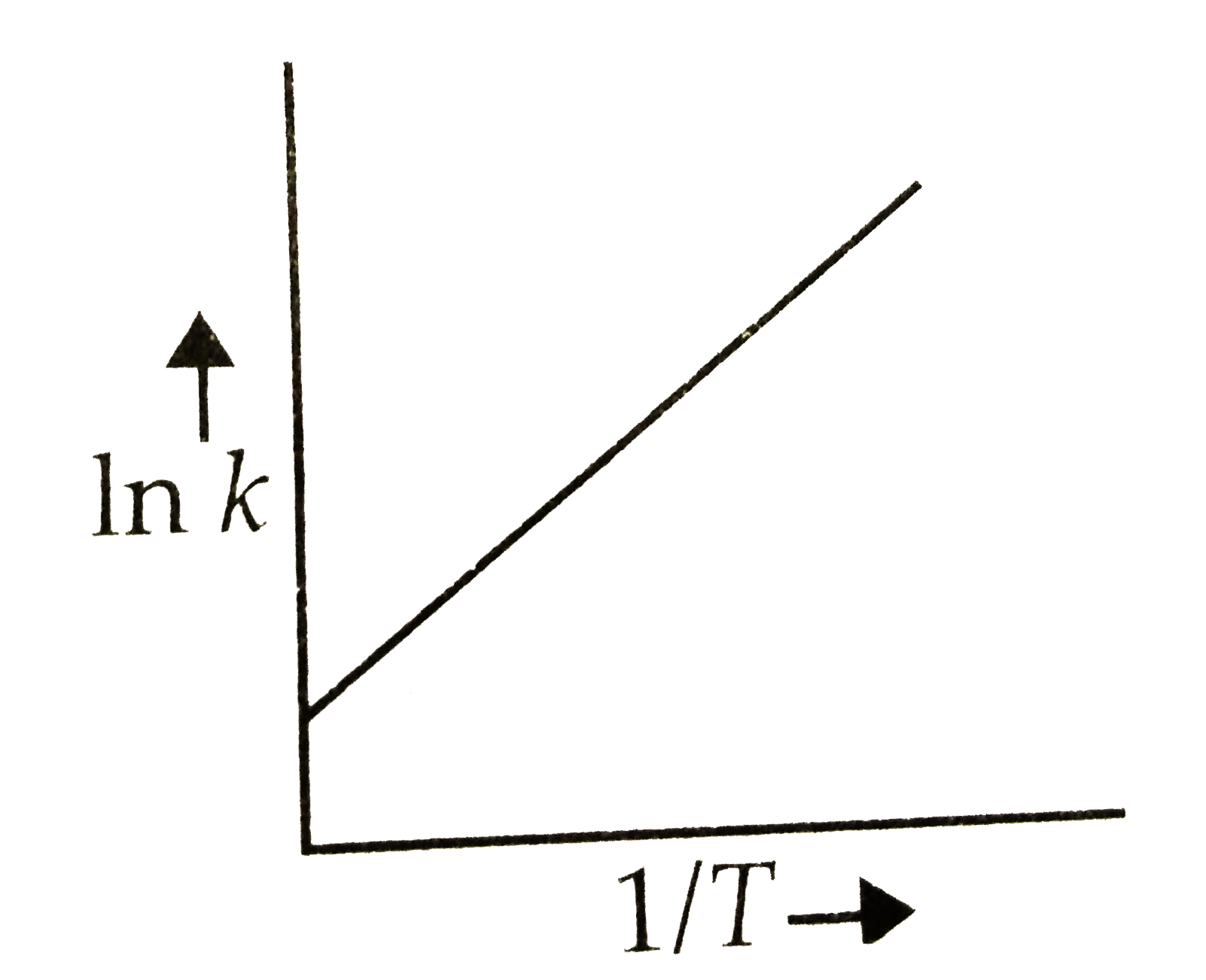
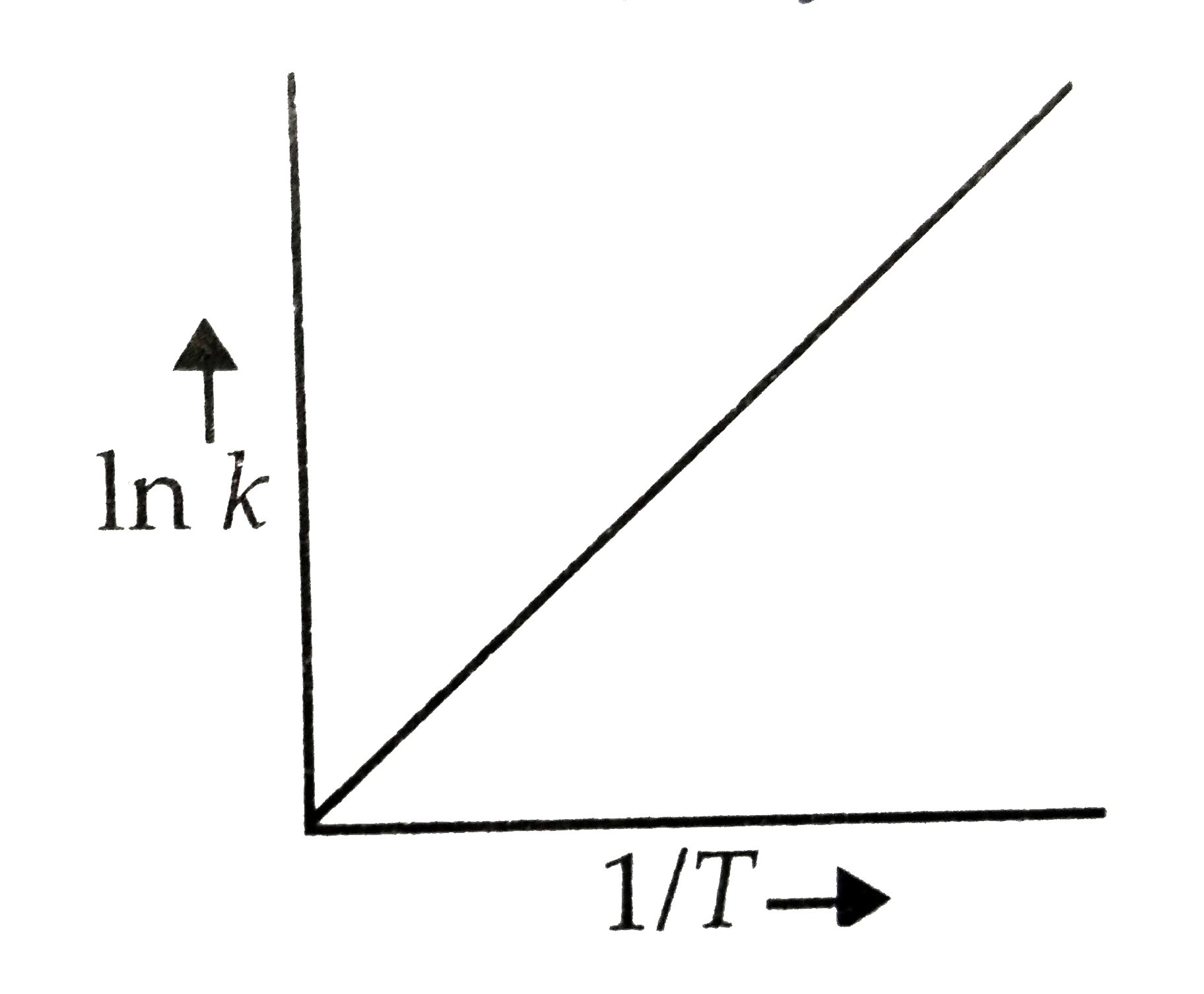
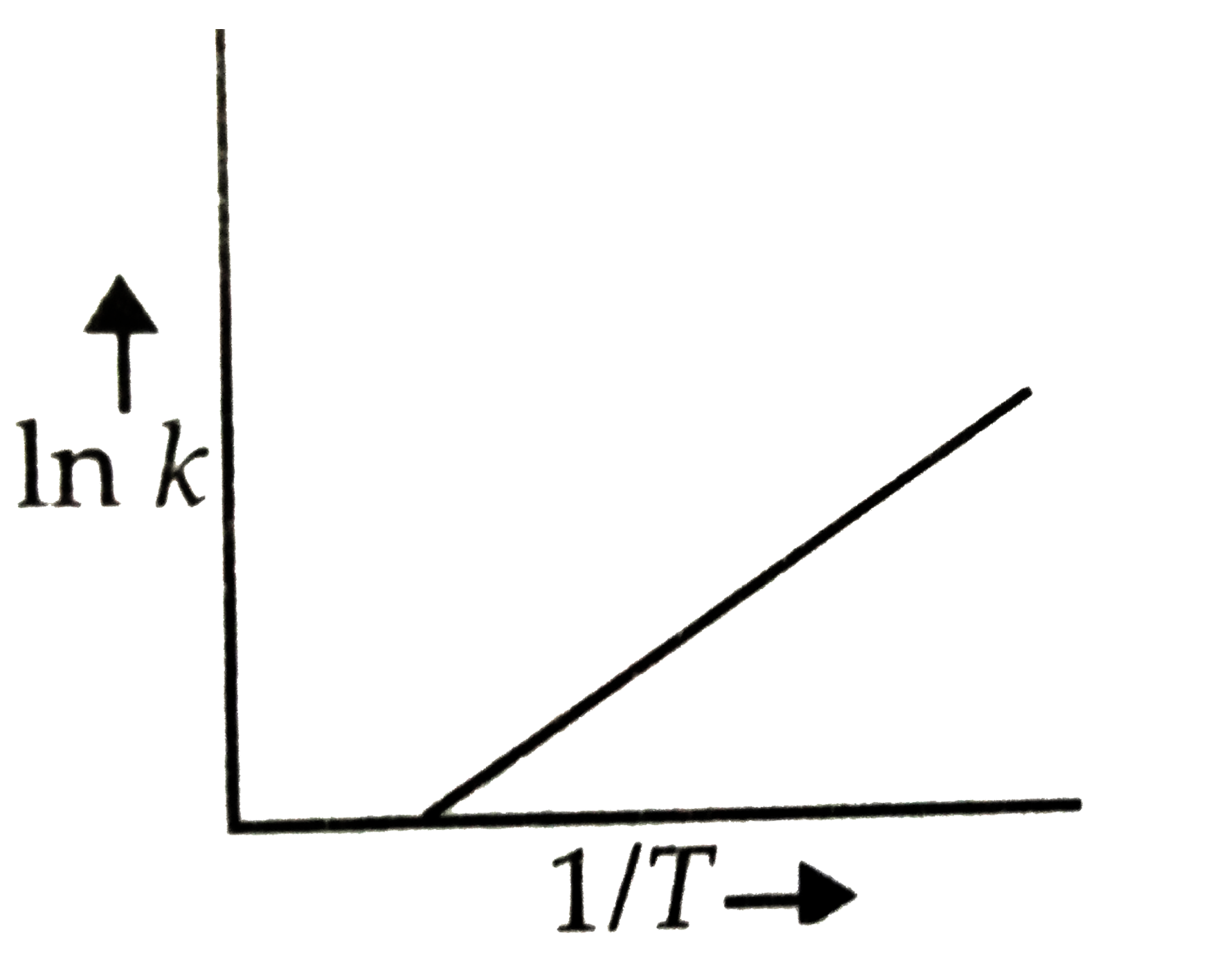
The correct Answer is:A
To solve the problem regarding the Arrhenius equation and the graph of ln k versus (1/T), we will follow these steps:
1. Understand the Arrhenius Equation:
The Arrhenius equation is given by:
k=Ae−EaRT
where:
- k is the rate constant,
- A is the Arrhenius constant (pre-exponential factor),
- Ea is the activation energy,
- R is the gas constant,
- T is the temperature in Kelvin.
2. Take the Natural Logarithm:
To find the relationship between ln k and (1/T), we take the natural logarithm of both sides:
lnk=lnA+ln(e−EaRT)
Using the property of logarithms, this simplifies to:
lnk=lnA−EaRT
3. Rearranging the Equation:
Rearranging the equation gives us:
lnk=−EaR⋅1T+lnA
This is in the form of a linear equation y=mx+c, where:
- y is lnk,
- m (the slope) is −EaR,
- x is 1T,
- c (the y-intercept) is lnA.
4. Identifying the Graph:
From the equation lnk=−EaR⋅1T+lnA, we can conclude:
- The graph of lnk versus 1T is a straight line.
- The slope of the line is negative (since −EaR is negative).
- The y-intercept is positive (lnA).
5. Choosing the Correct Option:
Based on the characteristics of the graph:
- The graph should be a straight line with a negative slope and a positive y-intercept.
- Therefore, the correct option that represents this graph is option A.
The Arrhenius equation is given by:
k=Ae−EaRT
where:
- k is the rate constant,
- A is the Arrhenius constant (pre-exponential factor),
- Ea is the activation energy,
- R is the gas constant,
- T is the temperature in Kelvin.
To find the relationship between ln k and (1/T), we take the natural logarithm of both sides:
lnk=lnA+ln(e−EaRT)
Using the property of logarithms, this simplifies to:
lnk=lnA−EaRT
Rearranging the equation gives us:
lnk=−EaR⋅1T+lnA
This is in the form of a linear equation y=mx+c, where:
- y is lnk,
- m (the slope) is −EaR,
- x is 1T,
- c (the y-intercept) is lnA.
From the equation lnk=−EaR⋅1T+lnA, we can conclude:
- The graph of lnk versus 1T is a straight line.
- The slope of the line is negative (since −EaR is negative).
- The y-intercept is positive (lnA).
Based on the characteristics of the graph:
- The graph should be a straight line with a negative slope and a positive y-intercept.
- Therefore, the correct option that represents this graph is option A.
Topper's Solved these Questions
- BOOK - NCERT FINGERTPS ENGLISHCHAPTER - PRACTICE PAPER -1EXERCISE - Practice Paper 150videos
PRACTICE PAPER -1
- BOOK - NCERT FINGERTPS ENGLISHCHAPTER - POLYMERS EXERCISE - NCERT Exemplar9videos
POLYMERS
- BOOK - NCERT FINGERTPS ENGLISHCHAPTER - PRACTICE PAPER -2EXERCISE - Practice Paper 250videos
PRACTICE PAPER -2
Similar Questions
Knowledge Check
- Question 1 - Select One
According to Arrhenius equation, rate constant k is equal to Ae−Ea/RT Which of the following options represents the graph of In k vs1T ?
A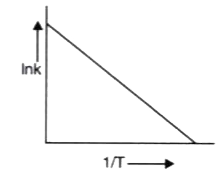 B
B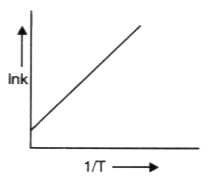 C
C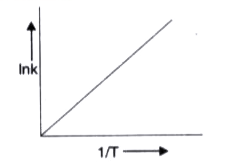 D
D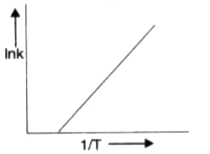
- Question 2 - Select One
According to Arrhenius equation, rate constant k is equal to Ae−Ea/RT Which of the following options represents the graph of In k vs1T ?
A B
B C
C D
D
- Question 3 - Select One
According to Arrhenius equation, rate constant k is equal to Ae−Ea/RT Which of the following options represents the graph of In k vs1T ?
A B
B C
C D
D
In the Arrhenius equation: k=Aexp(−Ea/RT), the rate constant
View SolutionFor the Arrhenius equation, the slope for the plot ln k vs 1/T is
View SolutionConsider the Arrhenius equation given below and mark the correct option.
k=Ae−Ea/RTView SolutionConsider the Arrhenius equation given below and mark the correct option.
k=Ae−EaRTView SolutionConsider the Arrhenius equation given below and mark the correct option.
k=Ae−EaRTView Solution

